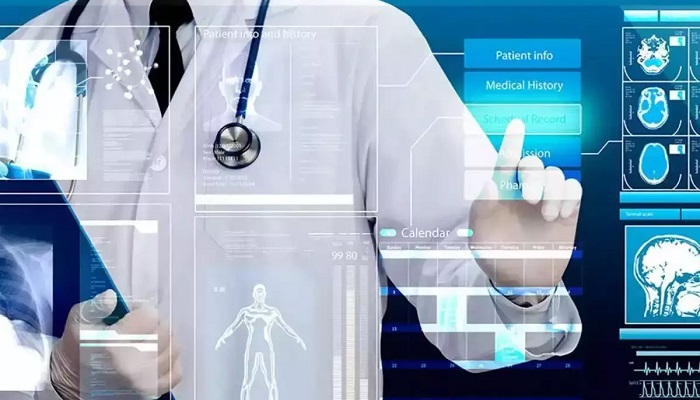Getting used to life after the pandemic
Because of recent world problems, especially the pandemic, the medical gadget business has changed in big ways. Supply chain problems and longer, more complicated production processes have made it more important than ever to make new medical products quickly and easily. The pandemic made global supply lines more vulnerable, so we need to find faster and more reliable ways to make things right away. The quick creation and use of COVID-19 testing tools showed that shorter timelines are possible. This led the medical device industry to come up with new ideas and make processes more efficient while still protecting patients and following the rules.
The rise of smarter devices and digitization
The medical device business is becoming more and more digital, which has led to a wave of innovation that has made products better and cheaper. Electronics, software, and digital features are now important parts of both designing and making modern medical equipment. Using digital twins, which are virtual copies of real devices, lets us test and simulate how well devices work in detail, making sure they are safe and reliable before they go on sale. This method works especially well for complicated machines like medical robots that need to be built with accuracy and strength in mind. Digital twins are being used more and more in the medical field. They are expected to change the industry by making the testing and development processes better, which will lead to more advanced and reliable medical products.
Change from hospital care to care at home
There has been a big change in how healthcare is provided in the last few years, with more and more focus on home-based care. Because hospitals are having a harder time keeping up with the needs of older patients and rising healthcare costs, being able to provide high-quality care in places other than hospitals is becoming very important. As a result of this trend, smart, durable, and safe medical gadgets have been made that people can use at home or on the go. For example, smart glucose monitors now let people with diabetes take care of their condition from home, so they don’t have to go to the hospital as often and their quality of life is better overall.
How software is used in modern medical tools?
These days, software is an important part of designing, making, and using medical equipment. People use it not only in the gadgets themselves, but also in managing them and in the healthcare system as a whole. Software is being used more and more as a medical gadget on its own, helping to diagnose and treat illnesses, keep track of patients with long-term conditions, and organize patient data. Putting software into medical equipment, on the other hand, can be hard, especially when it comes to keeping patients safe and data safe. All software used in medical equipment, by both healthcare workers and patients, has to go through a strict licensing and risk assessment process in order to meet legal requirements and protect patients’ health.
How have digital twins changed the process of making medical devices?
Digital twins are being used more and more in the medical device business because they make engineering, design, and data handling so much better. Medical gadgets are often made in the same way that cars and computers are, so these methods work really well when they are digitized. Digital twins let engineers model different parts of a device’s performance, like how much power it uses or how hot it gets. This way, they can make sure the devices are safe and reliable before they are made. This method not only speeds up the development process, but it also makes the end result more accurate and useful.
The Future of Digitalization in Medical Devices: A Look Ahead
As the medical device business continues to move toward automation, there is a huge amount of room for new ideas. Medical gadget development is expected to make big steps forward as long as money keeps flowing into digital technologies like digital twins, automation, artificial intelligence (AI), and the industrial metaverse. These tools will be very important for making healthcare systems more productive and for making it easier to give care from a distance. It will become more and more important to be able to provide effective care in non-traditional settings as hospital rooms become more limited, especially for older people.
Taking care of complexity and making sure patients are safe
Traditional design and engineering methods are under more stress than ever because medical gadgets are getting more complicated and new ideas need to be found quickly. Manufacturers must make sure that their products meet strict safety and effectiveness standards as they get smarter and easier for people to use. Because of the strict rules that must be followed for new medical equipment, this industry has been slower to accept digitalization than others like cars or consumer electronics. But the possible benefits of going digital are getting too big to ignore, and the business world is slowly moving toward more digital integration.
Final Words
Rapid technology progress and changing ideas about care have put the medical device business through a time of unique challenges. As companies keep adding software and technology to their goods, they are not only making medical gadgets safer and more efficient, but they are also changing how and where care is given. There will be a lot of new innovations in the future that will improve patient results and make healthcare easier to get, more efficient, and more focused on the patient. The medical device business is ready for a big change because it is committed to going digital and using cutting edge technologies like digital twins and AI.


















